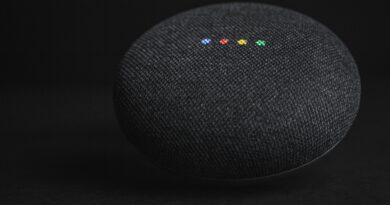The Evolution of E-commerce: From Online Shopping to Personalized Experiences
E-commerce has come a long way since its inception, transforming the way we shop and interact with businesses. Initially focused on online transactions and convenience, e-commerce has evolved into a realm of personalized experiences and tailored recommendations. This piece explores the evolution of e-commerce, from its early days of online shopping to the era of personalized and immersive customer experiences.
Rise of Online Shopping:
The early phase of e-commerce was characterized by the emergence of online shopping platforms, allowing consumers to purchase products and services over the internet. E-commerce eliminated geographical barriers, providing access to a wider range of products and enabling convenient 24/7 shopping. Online marketplaces and retail websites became prominent, offering secure payment gateways and streamlined logistics to ensure smooth transactions and product delivery.
Mobile Commerce and Omnichannel Integration:
The advent of smartphones and mobile internet connectivity led to the rapid growth of mobile commerce or m-commerce. Consumers could now shop on-the-go, accessing e-commerce platforms via mobile apps. This shift prompted businesses to optimize their websites and create responsive designs to cater to mobile users. Furthermore, the concept of omnichannel retailing gained traction, where businesses integrated online and offline channels to provide a seamless shopping experience across various touchpoints, such as physical stores, websites, and mobile apps.
Personalization and Recommendation Systems:
As e-commerce matured, the focus shifted towards providing personalized experiences for consumers. Advanced data analytics and machine learning algorithms enabled businesses to gather customer data, preferences, and browsing behavior, allowing them to offer tailored product recommendations and personalized marketing campaigns. Recommendation systems became integral to e-commerce platforms, enhancing the user experience and driving customer engagement. Personalized product suggestions, targeted promotions, and customized offers became common, fostering customer loyalty and satisfaction.
Immersive Technologies and Virtual Shopping:
E-commerce has embraced immersive technologies to create immersive and interactive shopping experiences. Virtual reality (VR) and augmented reality (AR) technologies enable consumers to virtually try on products, visualize how they would look in their homes, or experience virtual store visits. These technologies bridge the gap between the online and offline shopping experiences, providing a more engaging and realistic environment for consumers to make informed purchasing decisions.









